
Moving Tropical Plants back Inside for the Winter
By Laurelynn Martin and Byron Martin
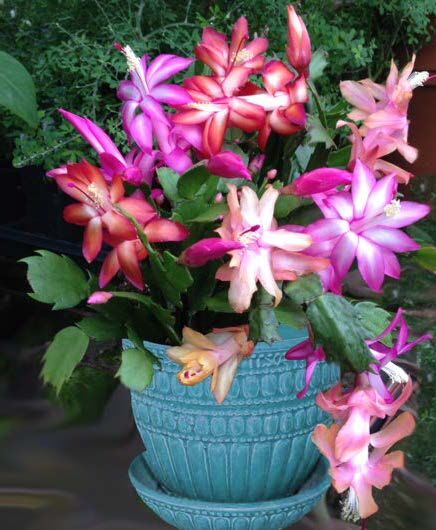 |
|
Christmas Cactus ‘Dark Marie’
|
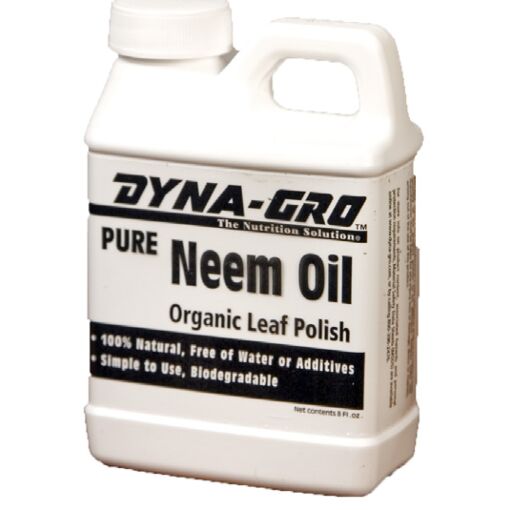 |
|
|
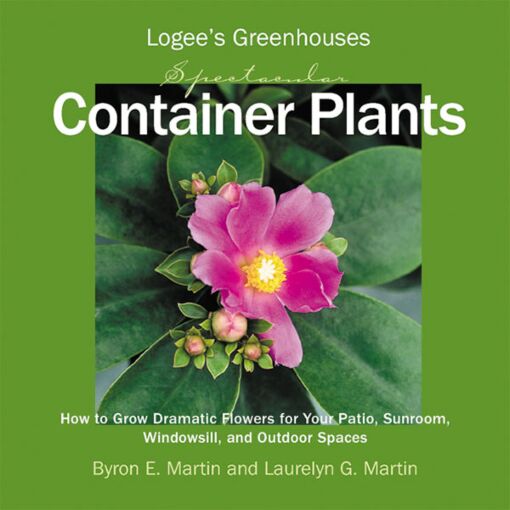 |
|
Spectacular Container Plants
|
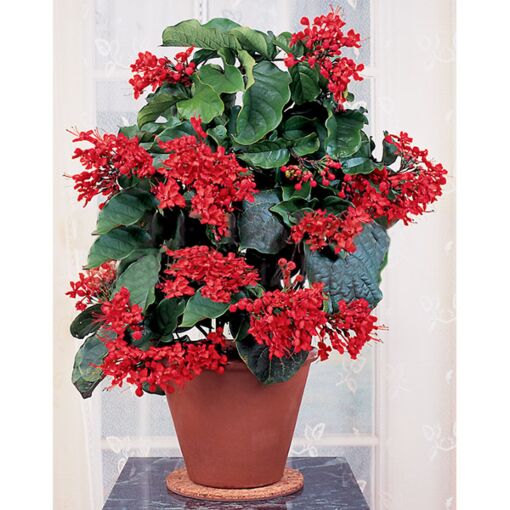 |
|
Flaming Glorybower
|
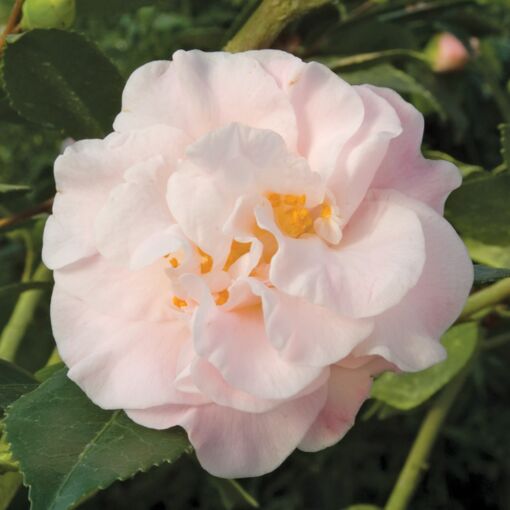 |
|
Camellia ‘High Fragrance’
|
Many northern gardeners move their tropical plants outside for the summer. But the question arises: when is it time to bring my plants back inside? Heat-loving tropical plants need to be brought back inside when the night temperatures consistently drop into the 40°’s.
What can I expect when I bring my plants inside?
Remember when bringing your plants inside, they often go into an adjustment period. This is normal. Leaves may drop off from the change in light intensity. Giving them as much light as possible is important. Make sure to place sun-loving plants into a sunny window or under grow lights. Maintain watering and reduce or stop fertilizing for the winter. Also, it's a good time to start the humidifier to increase moisture in the air. When watering remember to bring the surface of the soil to dryness, as this helps in reducing the possibility of root rot. When you do give them a drink, water plants thoroughly so excess water drains from the hole in the bottom of the pot.
Keep heat-loving tropical plants above 60°F. They usually prefer even higher temperatures. A 10° difference between day and night temperatures is recommended. Try to avoid excessively warm night temperatures as it increases humidity stress and forces weak growth. This is the time of the year when growth needs to be held in check, as we wait for the shift to increasing day length and warmer outdoor temperatures.
What about bugs? Do I spray first?
The downside of bringing plants inside is, of course, bringing the bugs in also. But if you get a jump on treating your plants early you can avoid big problems later. We recommend inspecting your plants for the telltale signs of pests and giving them a preventative spraying of Neem Oil. Once you’ve done this, then you may safely bring your plants inside.
What are the telltale signs of pests on my plants?
This is a very involved question but there are a few signs that should alert you right away to trouble. First look on the underside of the leaves and ask these questions:
• Are there any cottony masses? - indicative of mealy bugs
• Are there any bumps on the leaves or the stems and a black film on the leaves? - indicative of scale
• Are there clusters of small soft bodied insects on the growing tips? - indicative of aphids
• Do the tops of the leaves have tiny little dots or peppering on them? - indicative of spider mite
• Are the flowers discolored on the edges? - indicative of thrip
How do I treat a bug infestation?
Once you’ve identified the pest, then there are different measures you can take. We have written a wonderful book called Logee’s Spectacular Container Plants that goes into detail how to control the different pests by understanding the life cycle of the pest, but in general we recommend Neem Oil for most problems. Mix 2 tablespoons of Neem Oil and 2 teaspoons of dishwashing detergent into 1 gallon of water. Then spray the plant several times over a two or three week period. It is best to use a pump sprayer that can apply some force to the spray droplets. Be sure you cover the entire plant, top and bottom, leaving no surface untouched. All it takes is one or two bugs to survive and the problem will remerge.
Do I prune the plant back?
We generally don’t recommend pruning unless it is necessary to fit the plant into its growing area. Although they may still be in active growth when first brought into the house, this will slow down and come to a standstill for winter. Since there is usually some leaf drop on moving plants inside, it best to preserve as many leaves as possible to help carry them through the darker days of the year. Once growth has resumed in the spring, plants can be pruned back for resizing or restructuring.
Bloom Season
Many plants that summer outside may come into bloom once they come back inside. Winter bloomers are usually budding up at this time and flower during the short days of the year (plants like camellias, some orchids, Christmas cactus, Winter Jasmine and many others). As gardeners, we appreciate the flowering season of all plants but especially those that bloom during the winter season when few other plants are blooming.

